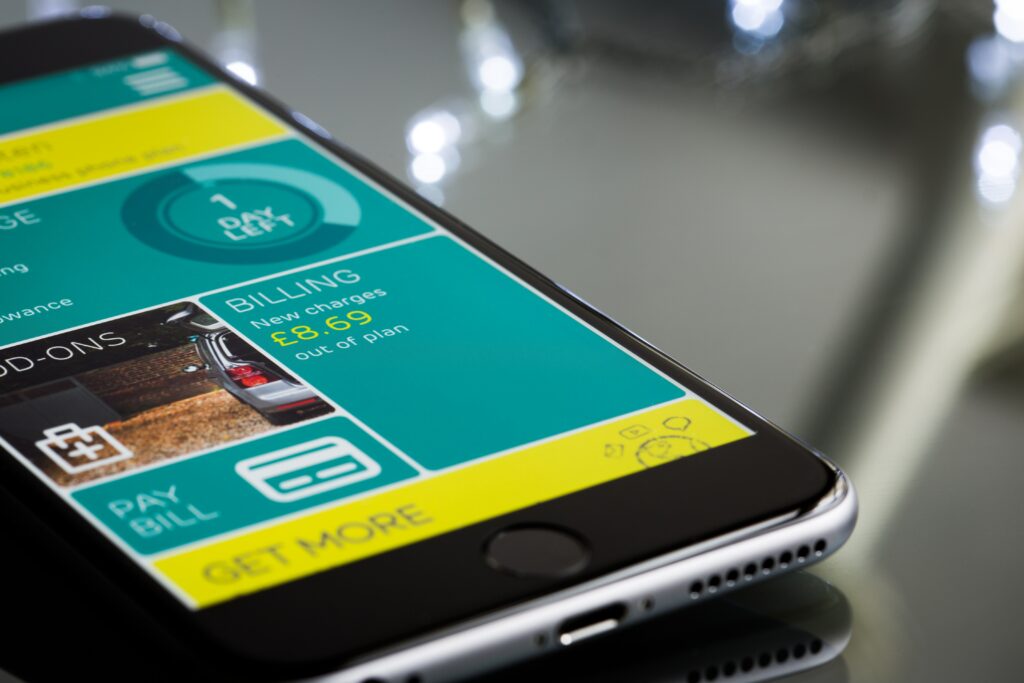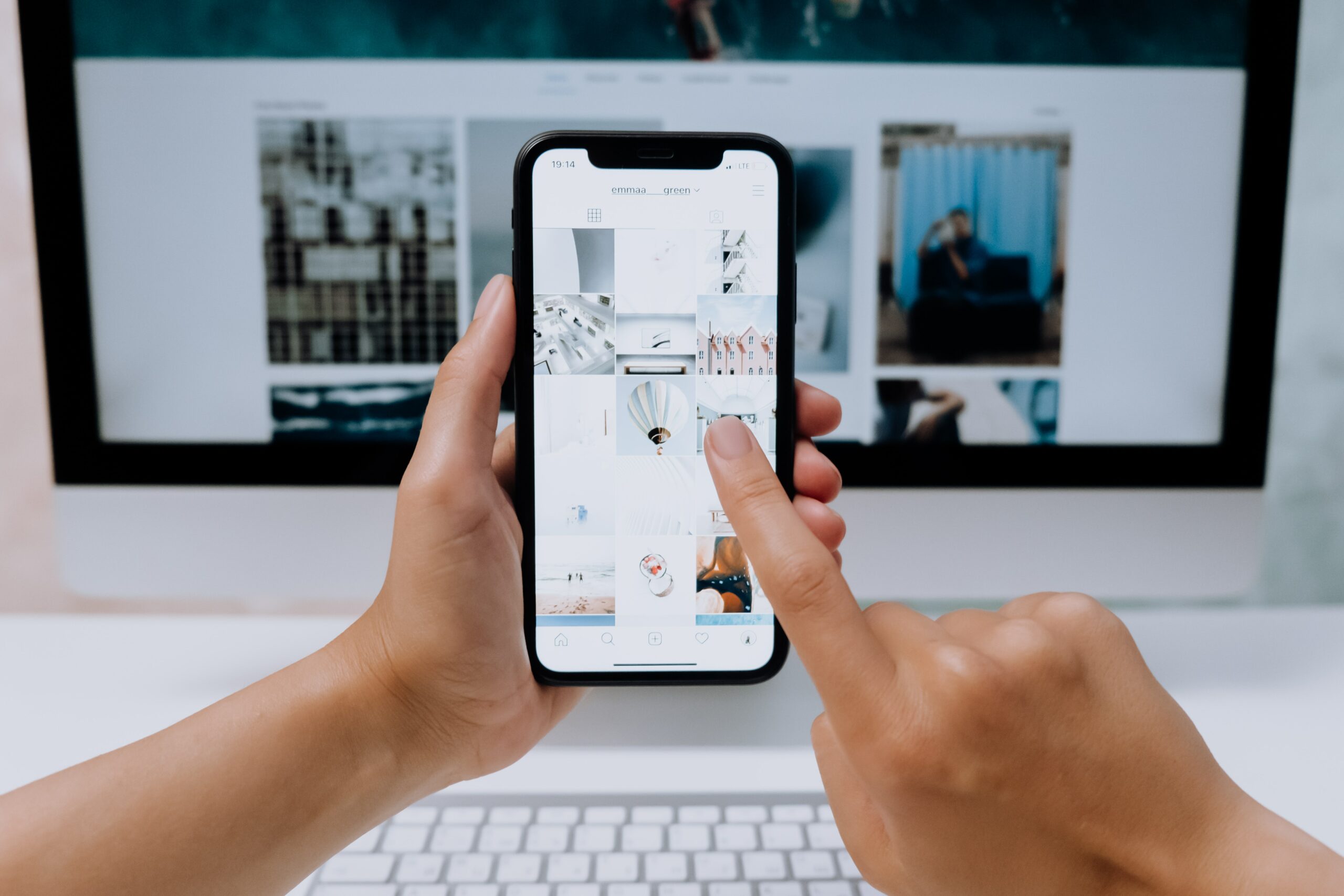Why User Testing is Critical for Mobile App Design
Mobile app development is a complex process that requires various stages, including ideation, prototyping, and design. While each stage is crucial for the app’s success, there is one phase that stands out: user testing. User testing is a vital part of the mobile app design process that can have a significant impact on the app’s usability, user experience, and overall success.

What is user testing?
User testing is the process of evaluating a mobile app’s performance by observing real users as they interact with it. This procedure entails testing various aspects of the app, including its navigation, user interface, and content. User testing can be conducted through various methods, such as A/B testing, usability testing, and beta testing.
A/B Testing: This method involves presenting users with two or more versions of the app and analyzing their responses to determine which version performs better. It allows developers to make data-driven decisions based on user preferences and behavior.
Usability Testing: Usability testing focuses on evaluating how intuitive and user-friendly the app is. Participants are given specific tasks to perform on the app while their interactions and feedback are closely observed. This helps identify any usability issues or areas for improvement.
Beta Testing: Beta testing involves releasing a pre-release version of the app to a select group of users who provide feedback and report any bugs or issues they encounter. This allows developers to identify and address potential problems before the app is launched to the wider audience.
User testing plays a vital role in the design process of mobile apps, offering a range of benefits that enhance the overall success and user experience. By identifying usability issues, gathering user feedback, reducing development costs, increasing user engagement, and enhancing app success, user testing ensures that the app meets user expectations and stands out from the competition.
Identifying Usability Issues
One of the primary benefits of user testing is the ability to identify usability issues that may hinder the app’s performance. Through user testing, developers can uncover navigation problems, slow loading times, and bugs that can negatively impact the user experience. By addressing these issues, app developers can create a seamless and user-friendly interface that keeps users engaged and satisfied.
Gathering User Feedback
User testing provides a valuable opportunity to gather feedback directly from real users. This feedback helps app developers understand user needs, preferences, and pain points. By analyzing user feedback, developers can gain insights into the app’s strengths and weaknesses, allowing them to make informed decisions on how to improve the app’s features and functionalities. Incorporating user feedback ensures that the app aligns with user expectations and provides a positive user experience.
Reducing Development Costs
User testing early in the development process can save significant costs in the long run. By identifying usability issues and bugs during user testing, developers can address these issues before the app’s launch. This proactive approach reduces the likelihood of expensive redesigns or redevelopments later on. By investing in user testing, app developers can save time, resources, and money by ensuring a smoother and more efficient development process.
Increasing User Engagement
User testing plays a crucial role in increasing user engagement and retention. By improving the user experience based on user feedback, developers can create an app that users find enjoyable and intuitive to use. By addressing user needs and pain points, developers can enhance user engagement, encouraging users to spend more time within the app and increasing their likelihood of returning. User testing helps create an app that users love to use and recommend to others, resulting in higher user satisfaction and loyalty.
Enhancing App Success
Ultimately, user testing contributes to the overall success of a mobile app. By incorporating user feedback and addressing usability issues, developers can create an app that meets user expectations and stands out in the market. By understanding user needs and preferences, developers can make informed decisions on features, design elements, and functionalities, resulting in higher adoption rates and user satisfaction. User testing ensures that the app resonates with its target audience, increasing its chances of success in the competitive app market.
Tips for conducting user testing
To get the most out of user testing, it’s essential to conduct it properly. Here are some tips for conducting user testing:
Define your goals: Before conducting user testing, define your goals and what you want to achieve. This will help you to focus on the key areas of the app that need to be tested.
Identify your target audience: Identify the target audience for your app and recruit participants who match that profile. This will ensure that you are getting feedback from the right users.
Create a testing plan: Create a testing plan that outlines the process and the metrics you will use to measure success. This plan should include the test scenarios, user tasks, and the questions you will ask participants.
Use the right tools: There are many user testing tools available that can help you to conduct user testing effectively. Choose a tool that suits your needs and budget.
5 Proven Tips for Streamlining Your Mobile App Design Process
As mobile apps become more integral to modern life, businesses across industries have recognized the importance of providing a seamless user experience to attract and retain users. However, designing an app that meets user needs and expectations is no easy feat. It requires a streamlined mobile app design process that can handle the complexities of modern app development.
In this article, we’ll discuss five proven tips for streamlining your mobile app design process and creating apps that users will love.
Define Your Goals and Objectives
Before you start designing your app, it’s essential to define your goals and objectives. Understanding what you want to achieve with your app can help you prioritize features, design choices, and development efforts.
Start by identifying the key metrics you’ll use to measure the success of your app. These could be anything from user engagement to revenue generated. Once you’ve defined your metrics, prioritize the features and design elements that will drive those metrics.
Get Feedback Early and Often
Getting feedback early and often is key to a successful mobile app design process. Don’t wait until your app is fully designed before testing it with users. Instead, start testing your app as early in the process as possible.
Create rough wireframes or sketches of your app and get feedback from users. This will help you identify any usability issues or design flaws before you invest significant resources in development.
Maximizing Results: How to Optimize Your Mobile App Design Process
Keep Your Design Simple and Consistent
Simplicity and consistency are essential to good mobile app design. Keep your design simple by focusing on the features that are most important to your users. Don’t clutter your app with unnecessary features or design elements.
Additionally, strive for consistency in your app’s design. Use the same visual language and design elements throughout your app to create a cohesive user experience.
Leverage Prototyping Tools
Prototyping tools are a valuable resource for streamlining the mobile app design process. These tools allow you to create interactive prototypes of your app without writing any code. This means you can quickly test and iterate on your app’s design before investing in development.
There are many prototyping tools available, ranging from free tools like Figma to more advanced tools like Adobe XD. Find a tool that works for your team and start prototyping your app’s design.
Collaborate Effectively
Effective collaboration is essential to a streamlined mobile app design process. Make sure your team has clear communication channels and is aligned on the app’s goals and objectives.
Consider using collaboration tools like Trello or Asana to track progress and assign tasks. Additionally, ensure that everyone on your team has access to the same design files and resources to avoid any version control issues.
In conclusion, streamlining your mobile app design process is crucial for creating high-quality apps that meet the needs and expectations of your users. By incorporating user testing into your design process and following best practices, such as establishing a clear project scope and collaborating effectively with your team, you can create mobile apps that are both visually appealing and functional. Whether you are a seasoned app designer or just starting out, the tips and strategies discussed in these articles can help you optimize your design process and create mobile apps that stand out in a crowded market. And if you need help with your mobile app design process, Orangesoft’s app design services can provide you with professional and customized solutions to meet your specific business needs.
